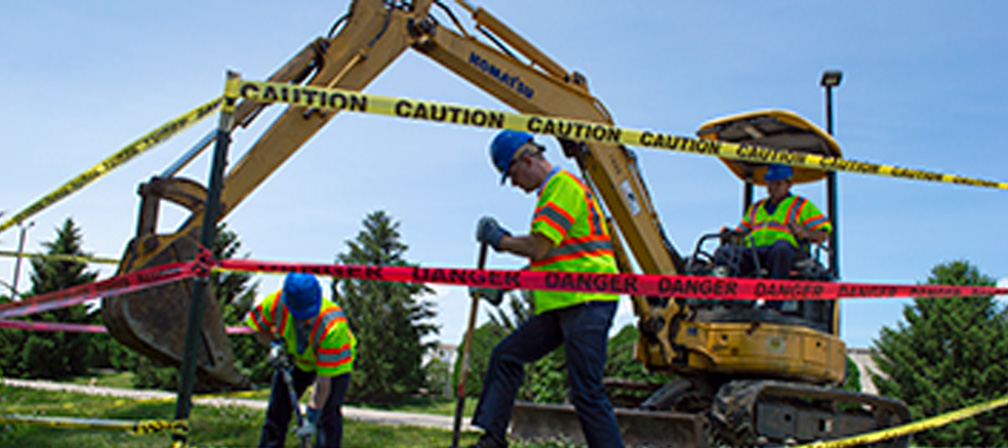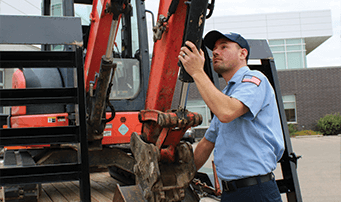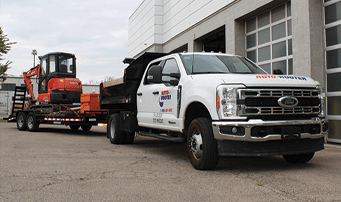The Excavation Process
Every excavation job starts with a comprehensive diagnostic assessment. Using video inspection and non-invasive tools, we identify the root cause of your plumbing issue before breaking ground. Whenever possible, we provide our customers with as many options as possible, allowing them to choose the solution that best suits their needs and budget. Our licensed experts work with you to choose the best solution—whether it’s a spot repair, full line replacement, or trenchless method.
Excavation depth depends on regional conditions. In warmer climates, sewer lines may be buried just a few feet below the surface. In colder regions, lines can be 4 to 18 feet deep. Roto-Rooter crews are trained and equipped to handle all depths, using everything from hand tools for shallow jobs to mini excavators, trench boxes, and backhoes for deeper, more complex excavations.
Customer Reviews
Frequently Asked Questions
What is excavation in plumbing?
Plumbing excavation involves digging to access underground pipes for repair, replacement, or installation. It’s often required for sewer line repairs, water line replacement, or installing new plumbing infrastructure.
How deep should a plumbing trench be?
Plumbing trenches are typically 12 to 24 inches deep for residential water lines and 18 to 30 inches or more for sewer lines, depending on local codes, frost lines, and pipe type.
What comes first: foundation or plumbing?
In new construction, underground plumbing is installed before the foundation is poured. This ensures all drain and supply lines are properly positioned and inspected before the concrete slab is placed.
How deep is plumbing buried?
Plumbing depth varies by climate and code, but water lines are typically buried 12–36 inches deep to prevent freezing, while sewer lines may be buried up to 6 feet deep, depending on slope requirements and building layout.
How does sewer line excavation work?
Sewer line excavation involves locating the damaged pipe, digging a trench to access it, replacing the faulty section, and restoring the area. It’s labor-intensive and may be replaced with trenchless methods when possible.


